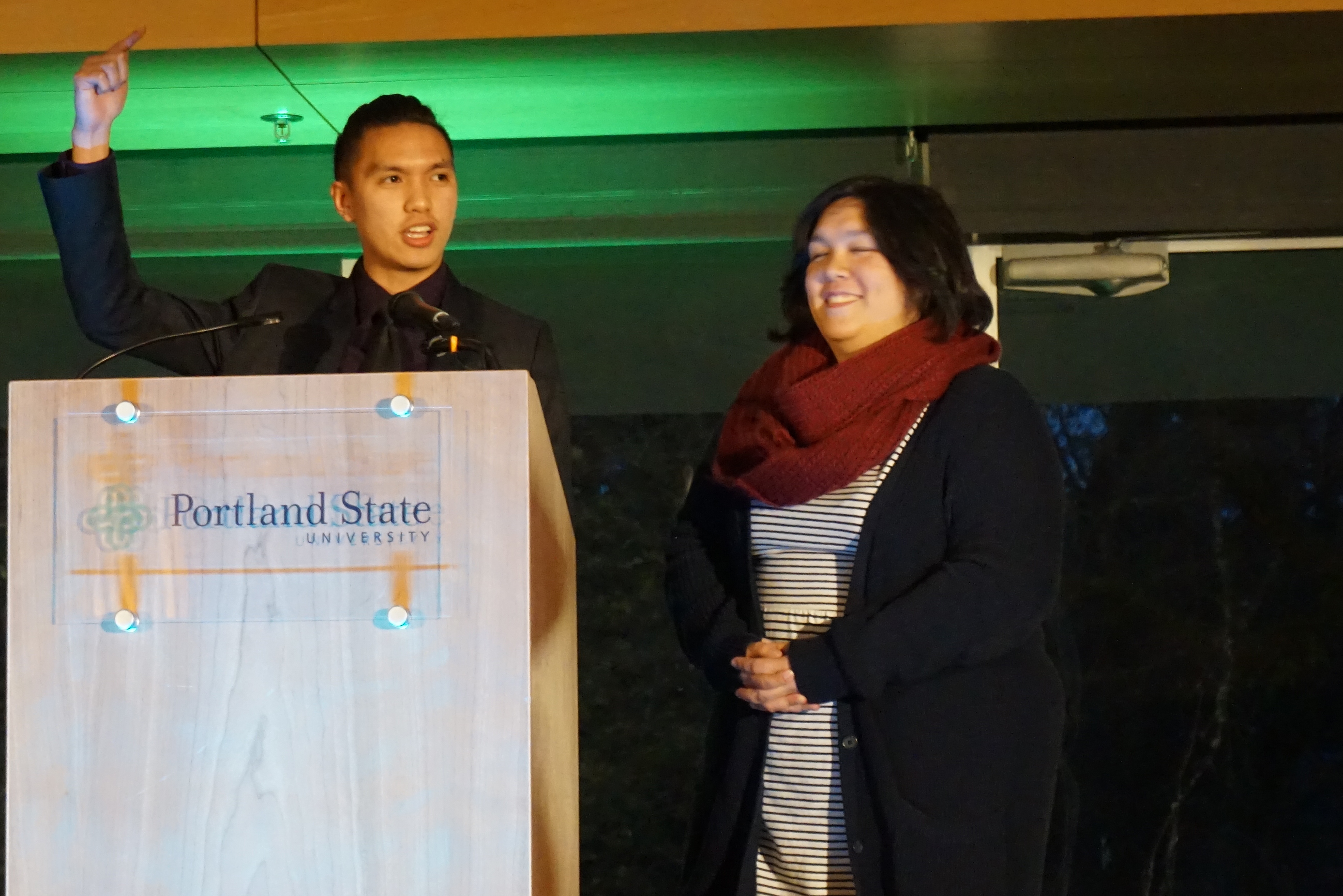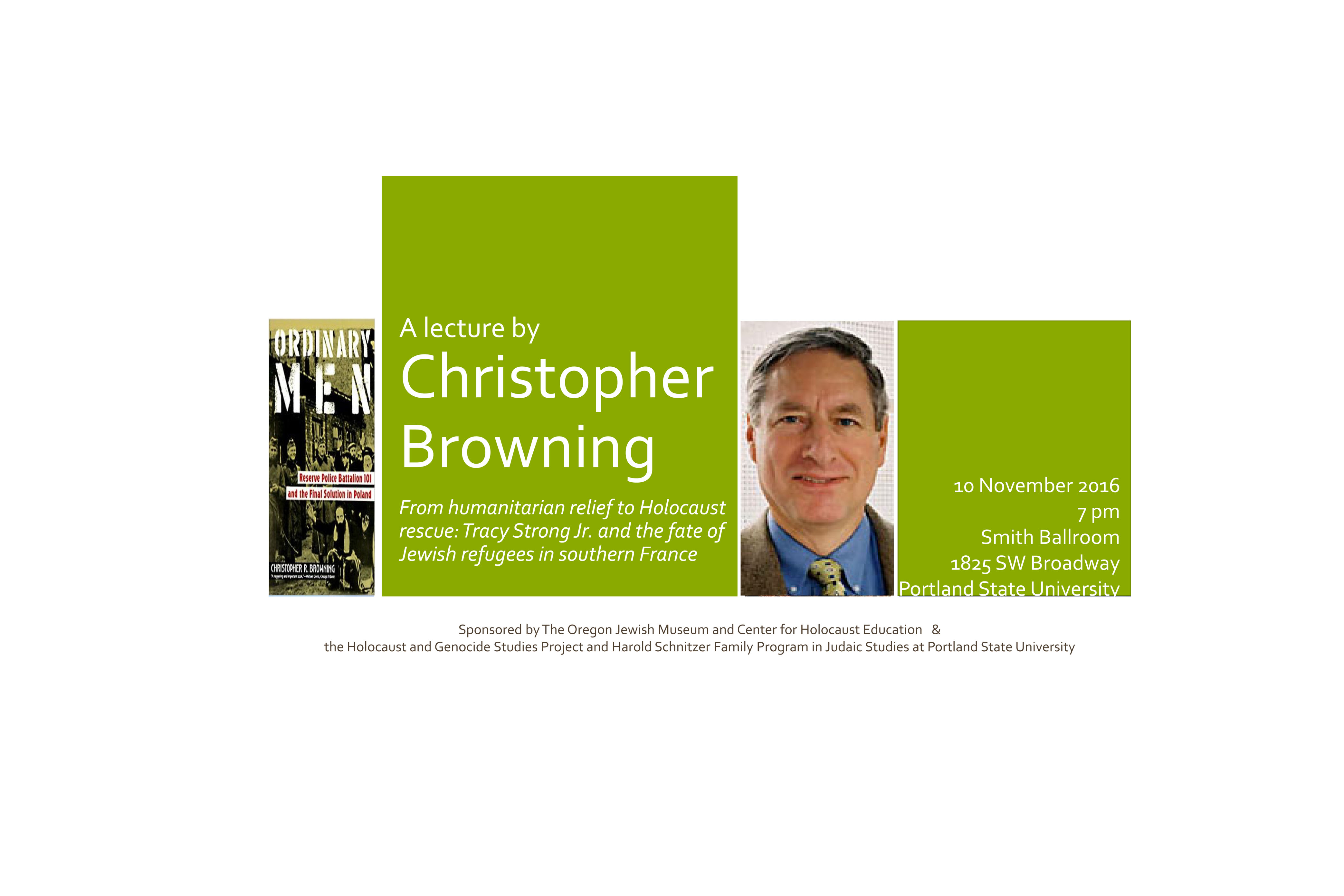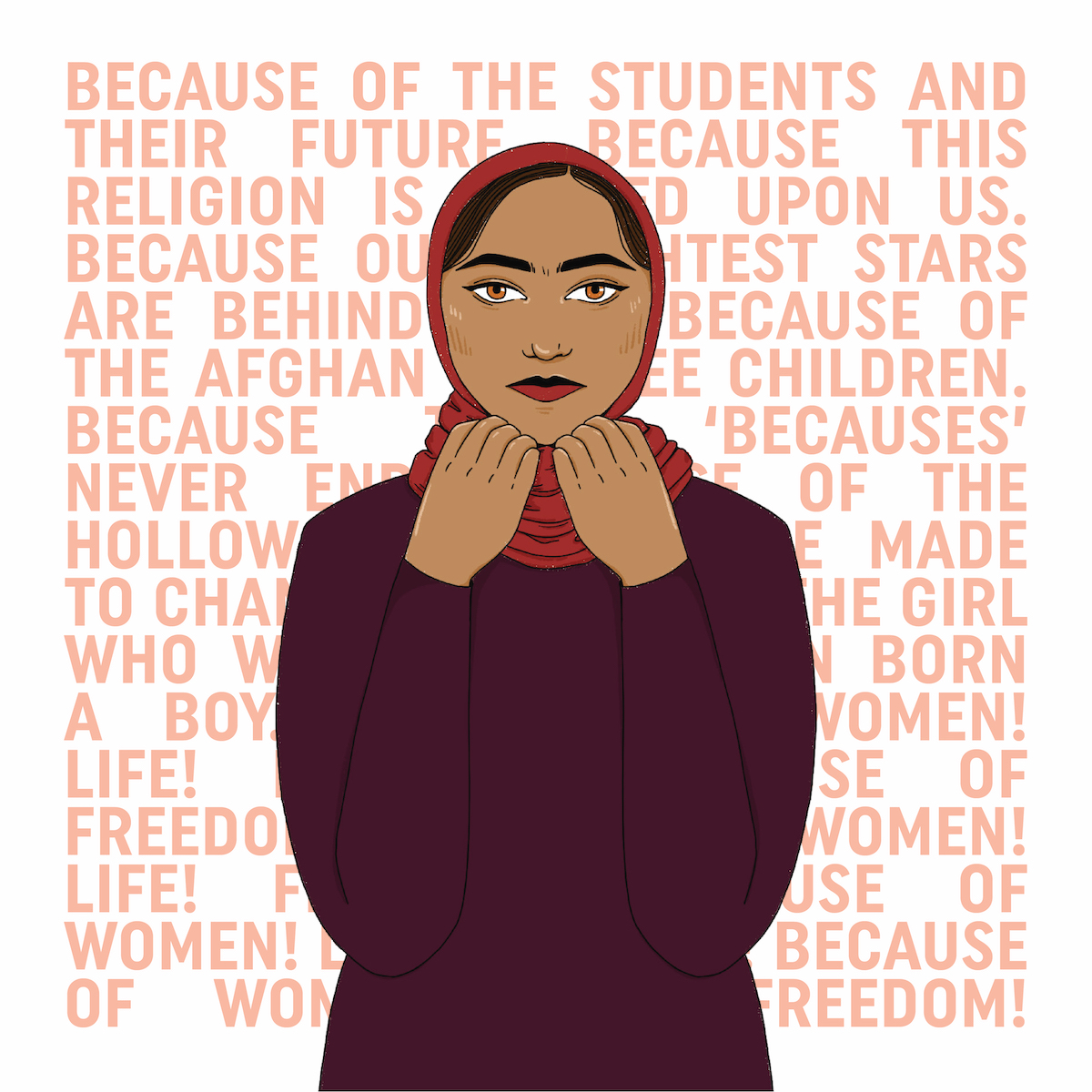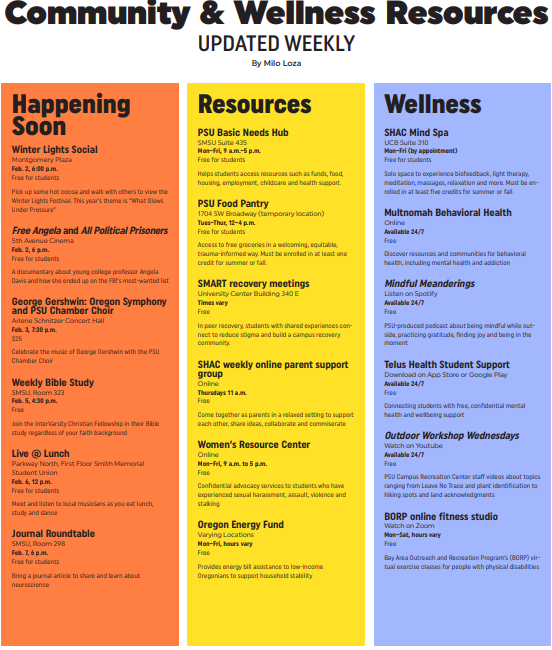On Wednesday, Nov. 2, the Cultural Resource Centers held their Grand Opening Celebration for both the new Pan-African Commons and the Pacific Islander, Asian & Asian American Student Center. Students, faculty, staff, administrators and community leaders gathered for a celebration that included speeches and performances from those whose diversity reflects the broad coalition that made the creation of these centers possible.
Among the speakers at the event was Melika Belhaj, one of the student organizers for last year’s “Students of Color Speak Out,” an event which has been credited as the catalyst for the urgency behind the creation of the two new Cultural Resource Centers. Being a student of color as well as working and studying full-time to earn her degree, Belhaj had some advice for students who may be struggling to find time to take advantage of the campus resources, including these new centers.
“Even though I worked full time, and I was going to school full time, I made the time to go to those events because they fed me, they lifted me up,” Belhaj said. “My advice would be to really be cognizant about, as individual students, how do we feel, how am I feeling on a day-to-day basis as I move through school? Does this provide me with some serenity? Does it provide me with some strength? Because that’s what it provided me with, and that’s how I was able to move through the rest of my education.”
Many of the speakers lauded the new centers as physical manifestations of the administration’s commitment to diversity and reiterated the importance of having safe spaces where students could come and simply be themselves. They also emphasized the fact that while these victories are important, there is always further work to be done.
CRC Executive Director Cynthia Gomez discussed the importance of having students involved in this work. “Regardless of who you are, regardless of how you want to get involved, these centers are a great place to go because they’re student-centered organizations,” Gomez said. “We have professional CRC staff to plug students in and help them be successful at whatever it is they want to do.”
Gomez also stressed that these centers are open to everyone and encouraged any student who doesn’t necessarily identify with or represent a particular group but wants to be an ally or to simply better understand their fellow students to visit these centers and be part of the environment and dialogues that take place.
The CRC’s five-year plan also includes a student center for Middle Eastern and Arab students.
Last year, the CRC hosted more than 375 events and had over 64,000 staff, students, faculty and community members visit the centers. Prior to the opening of the two new centers, the CRC included the Multicultural Student Center, the Native American Student and Community Center, and La Casa Latina Student center. The creation of the Pan-African Commons and PIAAA center was announced by President Wim Wiewel late last year, in response to increasing concerns voiced by students about discrimination and the lack of cultural spaces.
Anyone interested in learning more is encouraged to sign up for the CRC’s weekly newsletter, which shares information about upcoming events, as well as available leadership opportunities and ways to get involved in the ongoing process of shaping the missions of these new cultural centers. You can sign up on the Cultural Resource Centers web page or in person at any of the CRC student centers. The Pan-African Commons and PIAAA center are located in Smith Memorial Student Union 236 and 235.
Having been raised by feral pandas in the remote forests of Chengdu, China has always formed a key part of my identity. After my career as a Hong Kong film producer was derailed by tabloid journalists, I knew I had found the work that would become my life’s purpose. I am passionate about journalism because it allows me to step into worlds I would otherwise never know while channeling my curiosity toward serving and informing the community.






